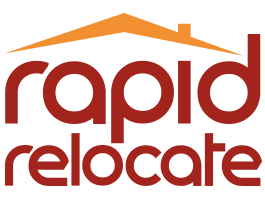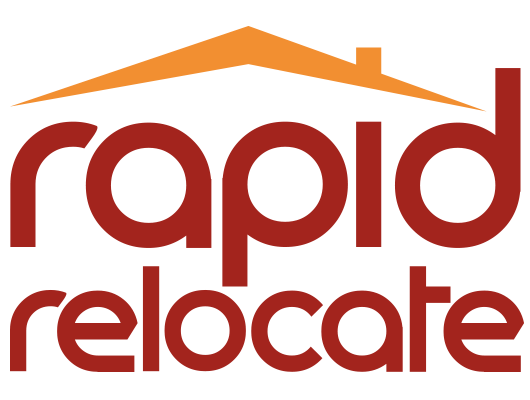August, 2023
What’s happening in terms of AA costs and availability – 2023 update
Following up on our January predictions – read on for our latest updates.
Hotels
As predicted, we’ve seen hotels raise their prices to compensate for high energy prices earlier in the year. Across the UK, we saw an approximate 20% rise in the average cost Per Room Per Night (PRPN) in the first four months of the year, although May and June saw PRPN costs in line with 2022. We’re seeing prices for London remain high due to supply and demand – there’s an increase in overseas tourists visiting the city and UK visitors.
Hotels work on dynamic pricing, so thankfully, there are times when demand is low when we can benefit from lower prices. Generally, the earlier we book, the better rates are available. However, if hotels have inventory left to sell on the day, they will offer discounted rates to maximise occupancy. Shopping around is vital.
Self-catering/Short Terms Lets
Compared to previous years, and at odds with earlier predictions, we’re seeing favourable availability in all regions of the UK. This trend continues into the summer months, including coastal areas. We suspect people are fleeing the UK weather and making last-minute bookings abroad. Our inventory is holding up well and will be boosted by a new partnership, allowing us to book STL properties in real time.
Long Term Lets
The ongoing and worsening mismatch between tenant demand and landlords’ supply has contributed to sharp rent increases. Landlords have also been hit with rising costs, from repairs to significant increases in mortgage rates.
In July, the Goodlord Rental Index reported the average cost of rent in England hit £1,367 per property. This is the highest level ever recorded by the Index and is 9.4% higher than the previous record, set in September 2022, of £1,249. July’s average cost of rent was, at £1,367, a massive 19% higher than June’s averages, when rents sat at £1,148 per property. Rents rose in every region monitored by the Index. There were significant uplifts in average rents in the North West, which saw a 48% rise in prices (£917 to £1,358), and the South West, which saw a 45% increase in average prices (£1,191 to £1,725). In July, there were also significant rent increases in the East Midlands (21%) and the North East (25%). Greater London, the South East and the West Midlands all saw more modest increases. The West Midlands is currently the cheapest region for renters, with Greater London the most expensive.
Rightmove has warned London rents are set to soar (because of demand as workers and students return after Covid. Hamptons estate agents report 43% fewer homes available to rent in London compared with 2019. Competition among renters is so intense that there are 20 requests to view each available property (30 in NW England), according to data commissioned by the BBC. Anecdotal evidence shows tenants are offering more than the asking rent to get to the front of the queue. Traditionally, rental costs continue to increase until September (as multiple occupancy student lets get confirmed around the country) before cooling off in the autumn.
Temporary Solutions
As predicted, innovative, flexible, Modular temporary solutions are proving to be more popular than the alternative external pod solutions’ fixed design and dimensions. The Modular solutions are constructed in sections, enabling them to be built to any size required for any purpose. The construction pieces are small enough to be transported through a property if needed. We see that temporary kitchens (internal or external) are more popular than temporary bathrooms, approximately 2:1.




